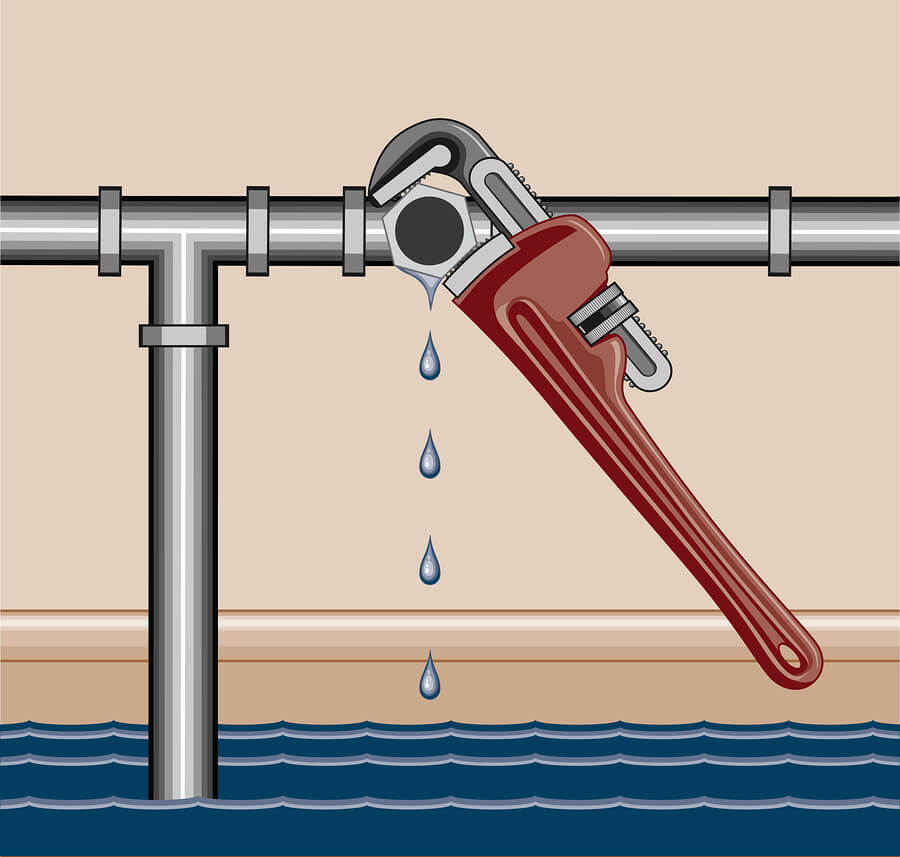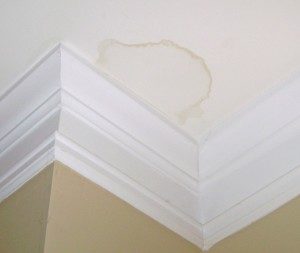Grasping the Six Most Frequent Causes of Water Leaks in Residences
Grasping the Six Most Frequent Causes of Water Leaks in Residences
Blog Article
What are your opinions on How Fast Water Damage Can Ruin Your Home?

Leakages not only create waste of water yet can likewise cause unneeded damage to your home and also promote unwanted natural growth. By recognizing and looking for everyday circumstances that trigger leaks, you can shield your residence from future leaks and unneeded damage.
Instant temperature changes.
Extreme temperature adjustments in our pipelines can trigger them to expand and get all of a sudden. This expansion as well as tightening may create cracks in the pipes, particularly if the temperature level are below freezing. If you kept an eye on just how your plumbing works, it would certainly be best. The existence of the formerly discussed conditions frequently suggests a high risk.
Corroded water supply
This could be the cause of discoloration or bending on your water pipelines. If our plumbing system is old, consider changing the pipelines given that they are at a higher danger of deterioration than the more recent designs.
Defective Pipe Joints
The factor at which your pipelines connect is regularly the weakest link in the waterline. Pipeline joints can weaken with time, resulting in water leaks. Regrettably, most of pipe joints are not easily visible. If you have loud pipelines that make ticking or banging noises, particularly when the warm water is activated, your pipeline joints are probably under a lot of pressure. It is suggested to have your plumber examine your system once a year.
Intruding origins
Most water leaks start outside the house instead of inside it. If you observe an abrupt decline in water stress, claim in your faucet, take time to go out and also analyze your lawn. You may discover damp spots or sinkholes in your lawn, and that could suggest that tree roots are getting into water lines triggering water to seep out. You can have your plumber check for intrusion, especially if you have trees or bushes near your residential property.
Poor Water Connectors
Sometimes, a leak can be brought on by loosened hoses and also pipelines that supply your devices. Usually, changing is what causes the loose water Links. You might find in the case of a cleaning equipment, a pipe might spring a leak due to drinking during the spin cycle. In case of a water connections leak, you might discover water running straight from the supply line or pools around your appliances.
Blocked Drains
Clogged drains pipes might be irritating and also inconveniencing, but they can occasionally end up triggering an overflow leading to rupture pipelines. Maintain removing any materials that might decrease your drains pipes that might block them to prevent such inconveniences.
All the above are sources of leakages but not all water leakages arise from plumbing leaks; some leakages may come from roof covering leakages. All leakages should be repaired immediately to avoid water damage.
Leakages not only cause waste of water yet can additionally create unneeded damages to your home and promote undesirable natural growth. By looking and recognizing for everyday scenarios that create leakages, you can shield your house from future leakages as well as unneeded damage. Today, we will look at six leak creates that may be triggering your pipelines to trickle.
At times, a leakage can be triggered by loose hoses and also pipes that supply your devices. In situation of a water links leakage, you might notice water running directly from the supply line or pools around your home appliances.
How To Check For Water Leak In Your Home
How To Check for Leaks
The average household's leaks can account for nearly 10,000 gallons of water wasted every year and ten percent of homes have leaks that waste 90 gallons or more per day. Common types of leaks found in the home are worn toilet flappers, dripping faucets, and other leaking valves. These types of leaks are often easy to fix, requiring only a few tools and hardware that can pay for themselves in water savings. Fixing easily corrected household water leaks can save homeowners about 10 percent on their water bills.
To check for leaks in your home, you first need to determine whether you're wasting water and then identify the source of the leak. Here are some tips for finding leaks:
Take a look at your water usage during a colder month, such as January or February. If a family of four exceeds 12,000 gallons per month, there are serious leaks.
Check your water meter before and after a two-hour period when no water is being used. If the meter changes at all, you probably have a leak.
Identify toilet leaks by placing a drop of food coloring in the toilet tank. If any color shows up in the bowl after 10 minutes, you have a leak. (Be sure to flush immediately after the experiment to avoid staining the tank.)
Examine faucet gaskets and pipe fittings for any water on the outside of the pipe to check for surface leaks.
Undetected water leaks can happen without the home or business owner even realizing. If you suspect a water leak, but not able to find the source. It is time to contact a professional water leak detection service, The Leak Doctor.
How To Find a Water Leak In Your Home
https://www.leakdoctor.com/blog/How-To-Check-For-Water-Leak-In-Your-Home_AE197.html

Do you like more info about How to Find Water Leaks? Try to leave a review further down. We would be glad to find out your insights about this posting. Hoping to see you back again in the future. Kindly take the time to promote this blog posting if you enjoyed reading it. Many thanks for your time spent reading it.
Schedule Your Service Report this page